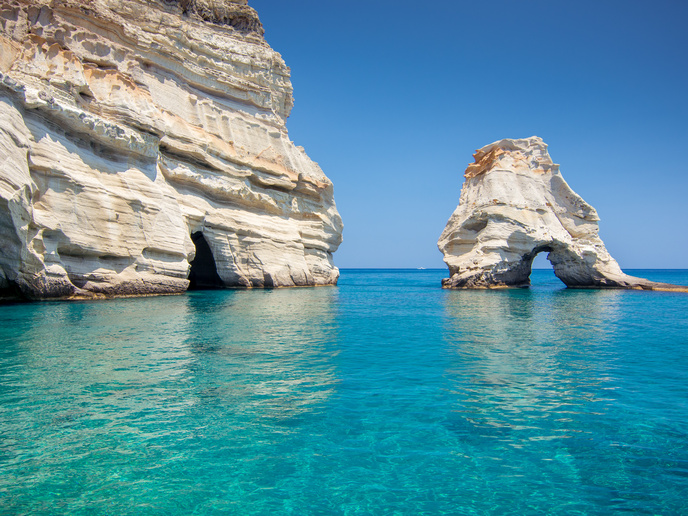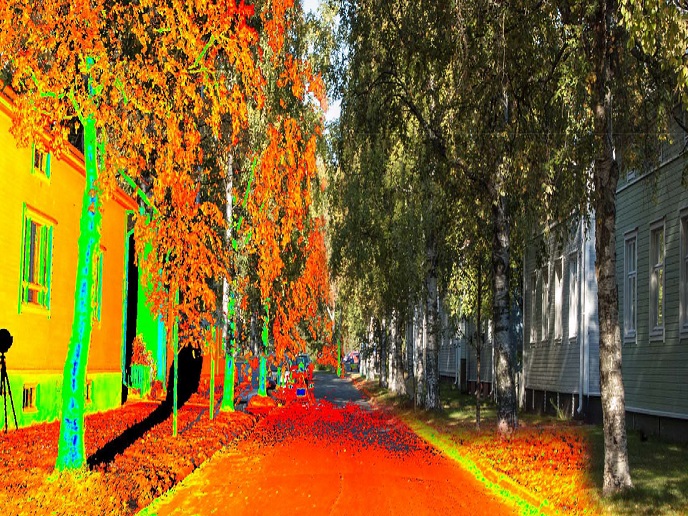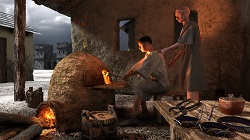Accurate conservation of urban heritage sites down to the very last molecule
Conservation of heritage buildings preserves cultural and natural heritage for present and future generations. Including maintenance, preservation, restoration, and reconstruction, the aim is to retain the significance and appearance or physical properties of the heritage site. Supported by the Marie Skłodowska-Curie Actions Programme, the CLEA project(opens in new window) is making sure our urban heritage sites are preserved to the highest possible standard. “Lack of original material to perfectly conserve a building as it was or the unavailability of raw materials that resemble the original makes the conservation effort less effective,” says Gilberto Artioli, CLEA project coordinator and professor of mineralogy, crystallography, and materials science at the Università di Padova (University of Padua).
Peeling off the layers for a reconstruction map
The project linked specific periods to the architectural practices and materials traditions in use in the Canary Islands. Results increase the knowledge of the existing building, including detection of the original architecture and the later renovations and or modifications. Furthermore, they provide clear indications of how to virtually reconstruct past urban landscapes and offer technical suggestions on the materials to be used in modern restorations. “As an example, if you wish to depict Las Palmas or its neighbourhood in the 16th century, we have precise data on the past aesthetical appearance of the buildings, with details of the decorations and the colour palette,” explains Artioli.
High tech analysis
Samples were investigated using the extensive facilities of the Department of Geosciences at the University of Padova, and through experimental activities carried out at collaborating laboratories at the University of Catania. The mortars were mainly characterised by polarised optical microscopy (POM) and X-ray powder diffraction (XRPD). The use of POM allows rapid and complete petrographic investigation of the mortar microstructure and the nature of the mineral inclusions. Meanwhile, XRPD allows better discrimination, identification and quantification of the mineral phases. Special thin-section layers were carefully prepared out of each of the pigments. The sections were then investigated by infrared and Raman spectroscopy, as well as electron microscopy (SEM-EDS) to identify the pigments present in each layer and their sequence. As Artioli outlines: “The chemical maps obtained by SEM-EDS are especially useful to identify the composition of each single compound in the stratigraphic sequence, starting from the supporting mortar layer, up until the most recent repainting.”
Windows to the past
Generally, traditional buildings, those built from the 16th to the 18th century were finished with inexpensive local materials such as earth or lime-based mortars and local earthy pigments such as red, yellow and white. Exceptions were found in the historical centre of Santa Maria de Guia. In a 17th century building, a lime mortar was overpainted with natural ultramarine blue that was very expensive and was used only in the façade decoration. And from the 19th century, new synthetic materials included emerald green used in a more elaborate building combined with verditer, a pigment produced exclusively in the United Kingdom. This also indicates prosperity and economic relations between the Canary Islands and the UK.
A secure future for Europe’s heritage
“We think the CLEA project is a great example on how advanced strategies for the characterisation of materials (through a state-of-the-art multi-technique approach) can provide knowledge about our architectural heritage,” concludes Artioli. This knowledge should be used both for heritage valorisation and practical maintenance of the architectural heritage itself.







